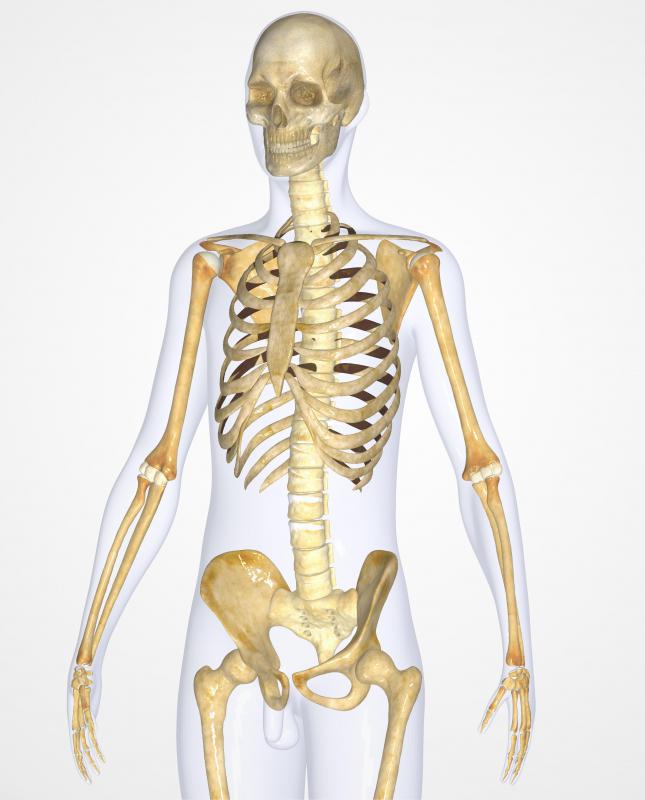At PracticalAdultInsights, we're committed to delivering accurate, trustworthy information. Our expert-authored content is rigorously fact-checked and sourced from credible authorities. Discover how we uphold the highest standards in providing you with reliable knowledge.
What is Kinesthetic Learning?
Kinesthetic learning is a learning style often associated with learning by doing and learning through physical motion. The basic idea is that some people are very physical, or kinetic, which means they tend to learn most effectively when learning about things that involve physical motion or body movements. These types of people are often drawn to sports and other athletic endeavors, as well as other areas of study that involve physical involvement and movement. Kinesthetic learning is one of several different types of learning and can often be assisted in a classroom through the use of physical objects or movement while learning, even small movements such as foot tapping.
There are a number of different learning styles, with different educational philosophies and pedagogies recognizing different styles and placing varying degrees of importance on such styles. The basic idea behind such styles, however, is that different people learn in different ways and the ways in which one person learns best may be significantly different from the ways in which someone else learns best. Common learning styles include audio learning, visual learning, and kinesthetic learning. Audio learning typically occurs through information that is heard and visual learning tends to occur through information that is read and seen, while kinesthetic learning occurs through physical motion and something that can be touched.

This means that kinesthetic learning is often enhanced through physical movements, which is why many kinesthetic learners make excellent athletes. The muscle memory and control associated with athletic activities such as throwing, catching, running, tackling, and striking a ball with an object are often learned through processes that a kinesthetic learner will most easily utilize. This can make it difficult to learn other types of information, however, especially when required to sit still and remain quiet in a classroom. Implementation of kinesthetic learning in a classroom can be essential for these types of students to learn other subjects.

Kinesthetic learning in a classroom can often be facilitated by an instructor through the use of physical objects a student can touch and interact with. In a science classroom, for example, a scale model of a human heart, brain, or skeleton will often be far more meaningful for a kinesthetic learner than a diagram in a book or a verbal explanation. This is why multiple forms of learning should try to be addressed by a teacher to assist in making the material easier to learn for different students.

A kinesthetic learner may also be prone to fidgeting slightly or tapping his or her toes or fingers while learning. As long as this behavior is not disruptive to other students, it should be allowed, as it may actually help the student learn new information more effectively. The association of the physical movements with new information can help a kinesthetic learner store the information properly for later recall.
AS FEATURED ON:
AS FEATURED ON:













Discussion Comments
I think there are some times when kinesthetic learning is the only way to go. I could read about how an internal combustion engine works, and I could listen to a lecture on driving safety, but the best way for me to learn how to drive is to get behind a real steering wheel and do it. Theory is still important, but I also need to know how a car feels at 55 mph, and how much effort it takes to steer or brake.
Post your comments